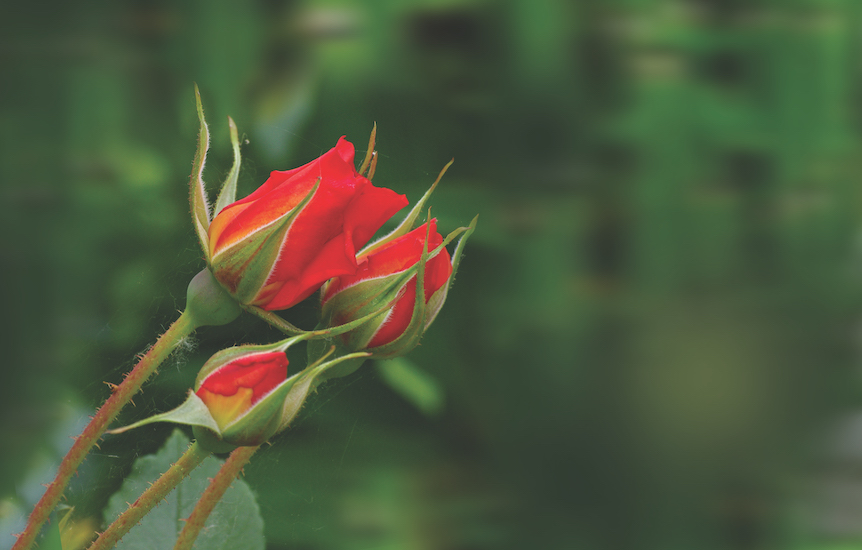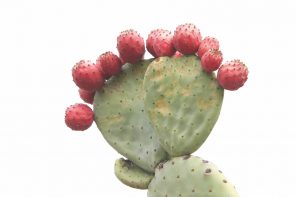It is the most popular flower, the go-to for birthdays and pageant queens, anniversaries and dignitaries, introductions and curtain calls. And yet, the rose — seemingly ubiquitous on Valentine’s Day and Mother’s Day; the official bloom of the United States and several of its states, including New York — is never a cliché, never out of place. Such is its power that one can have the same heady effect as a dozen. Can you say that about any other flower?
What is it, then, about the rose? “What’s in a name?” Juliet opines to her Romeo. “That which we call a rose by any other name would smell as sweet.”
But would it play or sing as well, Juliet? It’s hard to think of Victorian poet Ernest Dawson substituting chrysanthemums in his line “they are not long, the days of wine and roses,” which the ne’er-do-well Jamie Tyrone quotes extravagantly in Eugene O’Neill’s “Long Day’s Journey Into Night” and which became the title of a 1962 film and song about an alcoholic marriage, “The Days of Wine and Roses.” Or Tennessee Williams’ choosing a primrose for his 1950 play about love and lust, “The Rose Tattoo.” Or Frank D. Gilroy making daisies the metaphor for a broken marriage in the 1964 drama “The Subject Was Roses.”
Hard to imagine, too, Mama Rose belting out to daughter Gypsy Rose Lee that “Everything’s Coming Up Petunias” in the musical “Gypsy” (1959). Or the band Poison wailing “Every Carnation Has Its Thorn” in 1988. (Actually, roses — which include some 300 species and thousands of cultivars — often have prickles but not thorns.)
No, “rose” is a crisp, clipped name for an enticing but self-protective blossom that is sometimes so tightly petalled it cannot be pollinated and bear the berry-like rose hip fruit used in everything from jam to tea. And while its petals can be crushed and steam-distilled to extract an oil found in some of the greatest fragrances — including Chanel No. 5, Dior’s J’Adore, Jean Patou’s Joy and, particularly, Yves Saint Laurent’s Paris — the rose remains at a remove.
It is this duality — beckoning yet eluding, carnal yet pure — that has made the rose a protean metaphor since ancient times. (The word “rose” comes from the French, winding its way back through Latin and Greek to Old Persian.) In the ancient world the rose was associated with Aphrodite (Venus) and her lover Adonis, whose fatal gouging by a boar was said to turn the rose red. (Roses dot Sandro Botticelli’s 1484-86 egg tempera painting “The Birth of Venus.”)
Once the Roman Empire became Christian under the Emperor Constantine the Great (313), the rose became a symbol of Jesus and the martyrs. In the Middle Ages, it was particularly associated with Mary, the mother of Jesus, with the set prayers and beads devoted to her known as the rosary. (Many a rosary will be said in honor of her during May, the month of Mary.)
The late medieval period also saw the War of the Roses (1455-87), with the red and white roses representing the feuding Lancaster and York branches of England’s Plantagenet dynasty respectively. (Think “Game of Thrones,” only with better material.)
The rose never lost its place as an emblem of power. The Empress Joséphine, wife of Napoléon, sought to cultivate every species at her château Malmaison, just west of Paris. These blooms were captured in three volumes of exquisite botanical prints by the artist she patronized for this purpose, Pierre-Joseph Redouté. Long a favorite of Italian, Dutch and Flemish Old Masters, the rose would remain a subject for 19th-century French painters like Henri Fantin-Latour, Claude Monet, Pierre Auguste Renoir and Paul Cezanne.
By then, though, it was prized mostly for its visual appeal. Indeed, when Umberto Eco came to title his 1980 best-selling mystical mystery, he called it “The Name of the Rose,” “because the rose is a symbolic figure so rich in meanings that by now it hardly has any meaning left.”
But there is still one meaning associated with the flower — love. In “The Juggler of Our Lady,” a medieval legend adapted by cartoonist R.O. Blechman, Cantalbert is a hapless monk who has nothing to offer the Virgin Mary at Christmas except his one ridiculed talent — juggling. Alone in the chapel at night, he juggles and juggles before her statue. He juggles onto exhaustion. And then a miracle at morn: A hand from heaven emerges and offers him a single rose.





